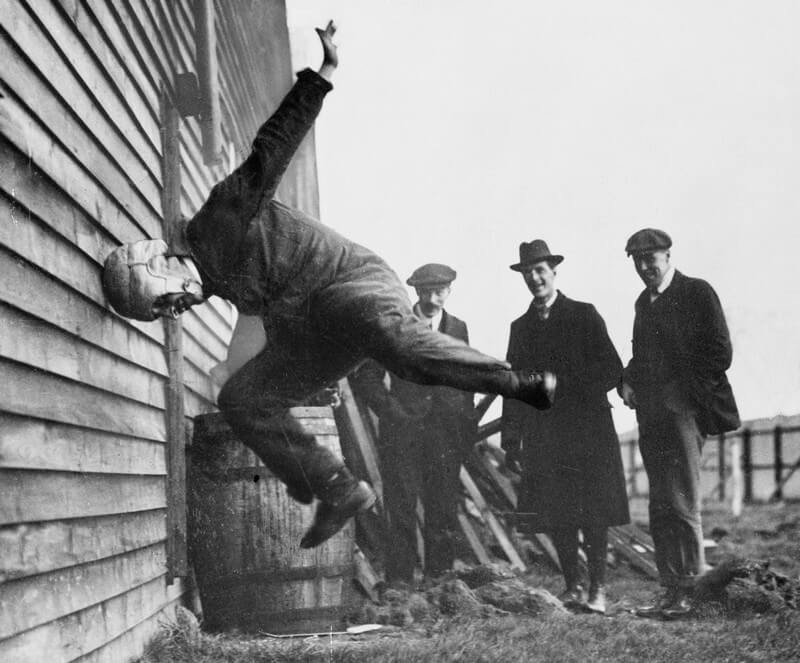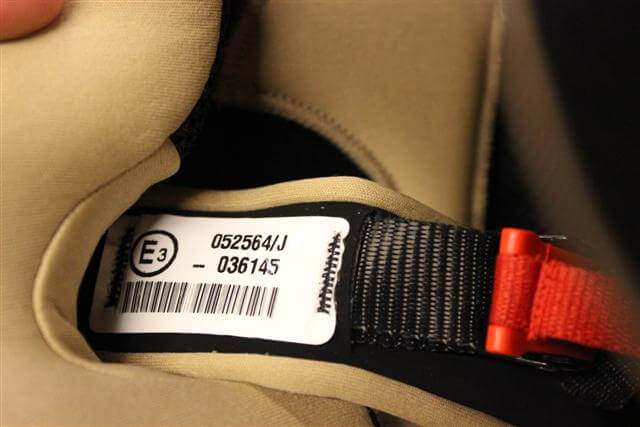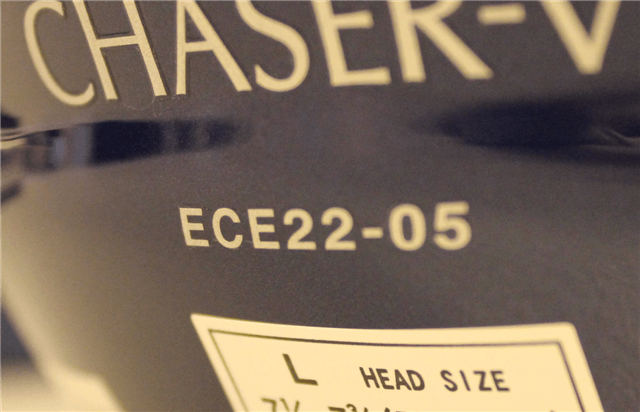ECE 22.05 and 22.06 certification helmets
If you want to ride your motorcycle or scooter on the public roads in Europe, then you are required by law to wear an ECE approved motorcycle helmet. All helmets found at Fortamoto.com are provided with an ECE certification (unless stated otherwise). In this article we will tell you more about the ECE 22.05 and ECE 22.06 certification and the differences between ECE approved helmets.
What is the ECE 22.05 or 22.06 rating?
ECE stands for Economic Commission for Europe. To determine a European standard for the traffic safety, they have come up with some guidelines including ‘guideline 22’. This guideline contains the minimum requirements for motorcycle (or scooter) helmet. This way they have secured a kind of minimum safety level required for helmets sold in Europe. The first helmet certification was introduced in 1982, this certification was called ECE 22.02. The attachment after ‘22’ indicates the version of the rating. Nowadays we’re at version 05 and 06 (2023).
(Article continues below the photo)

This helmet pioneer ran at a wall head-first to demonstrate the working of the helmet to the pictured journalists. Luckily we’ve come a long way since then...
What does the ECE 22.05 approval entail?
This approval means that the helmet is exposed to a number of tests, which determine whether the helmet offers sufficient protection to be approved for use on the European roads. Crashes are simulated to measure the level of protection, to give an example. You can also think of things such as the chin strap (does the helmet stay on your head during a fall?) or the size of the field of view while wearing the helmet.
An ECE approved helmet can be recognised by the label on the chin strap, which states the letter ‘E’ followed by a number. The number indicated in which country the helmet has been certified. This doesn’t mean that the helmet can only be worn in that country, it is purely to indicate in which location it has been tested.
- E1 is Germany
- E2 is France
- E3 is Italy
- E4 is The Netherlands
- E6 is Belgium
- E11 is Great Britain

This Premier Vintage has been tested in Italy (E3) and approved according to the ECE 22.05 standard.
Differences between ECE certified helmets
There are ECE approved helmets for a few tenners, but they’re also available for over 1000 euros. Both these helmets have an ECE certification, but it’s not probable that they will have the same level of protection. Naturally there will be a price difference due to such things as the finish and certain extras a helmet can have: like a sun visor or preparation for a Bluetooth communication system. There is a vast difference in protection though.
An important fact to consider is that a certified helmet reaches the minimum requirements for the safety and protection level required from a helmet. Let’s compare them with cars, for example.
A small, cheap and economic car is provided with an MOT certification. This allows you to drive on the public roads. The car will probably have withstood multiple crash test, and has been rated safe enough for the European roads. Certified, thus safe enough. Does it make the car just as safe as the newest biggest German or Swedish car, which has been jampacked with airbags and protective systems? I don’t think so..
Enough about cars, back to the helmets. Every helmet is different. The big helmet manufacturers have a reputation to keep, so they spend a lot of time on upping and improving the safety of their helmets. An Arai helmet, for example, is made completely by hand. This will cost you more, but it will also reassure you that all the effort has gone into making your helmet as safe as possible.
Criticism on ECE certification
The ECE certification is the most widely accepted standard worldwide, and it is used in nearly 50 countries. Even though it is seen as one of the stricter certifications in the world, there are still critics who are weary of it. One of the arguments is that the latest version of the ECE test doesn’t feature a penetration test anymore. The penetration test indicates how easily the helmet shell is penetrated when it hits a sharp object (such as a motorcycle footstep or the spike from a fence).
Another argument is that the helmet is always tested at the same point for impact. A helmet manufacturer could reinforce the exact spot which is tested, to improve their chances of approval. Apart from this, the philosophies of the different helmet manufacturers also differ. One brand could swear by a shell which reshapes and by doing so, divides the energy of the impact. Another brand could say an extremely hard outer shell is needed, using a soft inner shell as a kind of crump zone. There is no holy grail, but you can view the ECE standard as a guaranteed minimum level of safety.

What are certifications such as DOT, SNELL and SHARP?
In addition to the European ECE certificates, there are also other certifications. In the USA they have their own certification, the DOT approval. DOT stands for Department of Transportation and it is run by the government. ECE approved helmets and generally also DOT approved, this doesn’t always work both ways however. The ECE test is looked upon as stricter than the DOT test.
The SNELL Memorial Foundation is a non-profit organisation which was founded with the goal to accomplish a higher safety standard for motorcycle helmets. SNELL is famous for having high demands regarding the safety of the tested helmets. A SNELL certification can be seen as an indicator of safety, it is not mandatory for use on the public roads.
SHARP is a British government program which tests motorcycle helmets, and classifies them with a rating from 1 to 5 stars (with 5 being the highest score).
More about ECE certified helmets
Would you like to know more about the differences between brands or specific helmets? For the nerds and technicians check the PDF with the full guidelines for an ECE approval Also please don’t hesitate to contact us. All motorcycle helmets at FortaMoto are ECE certified.
